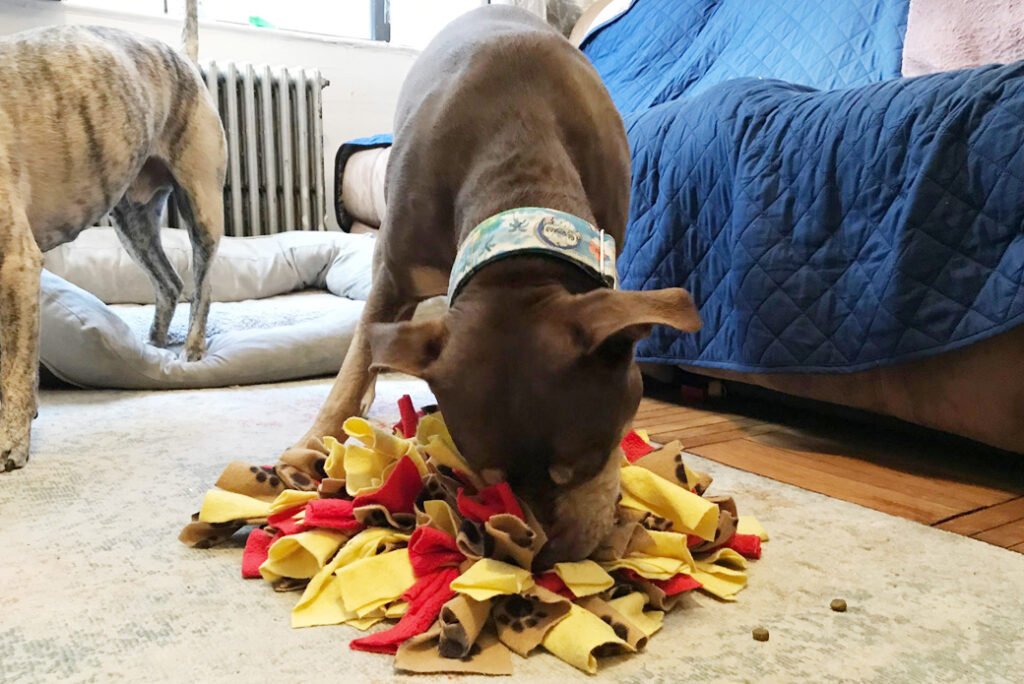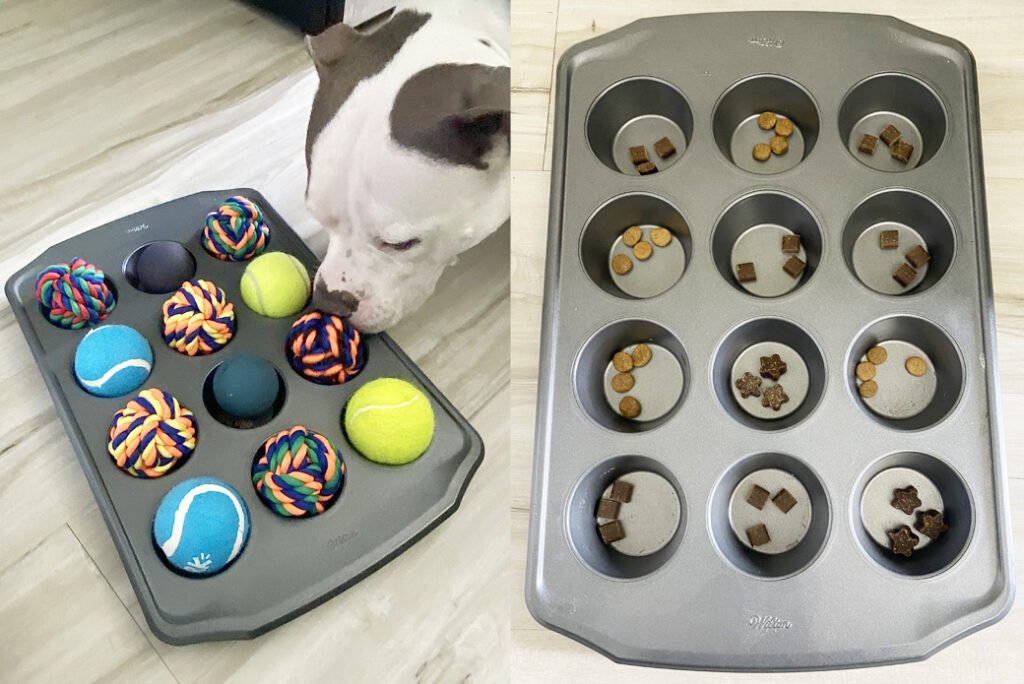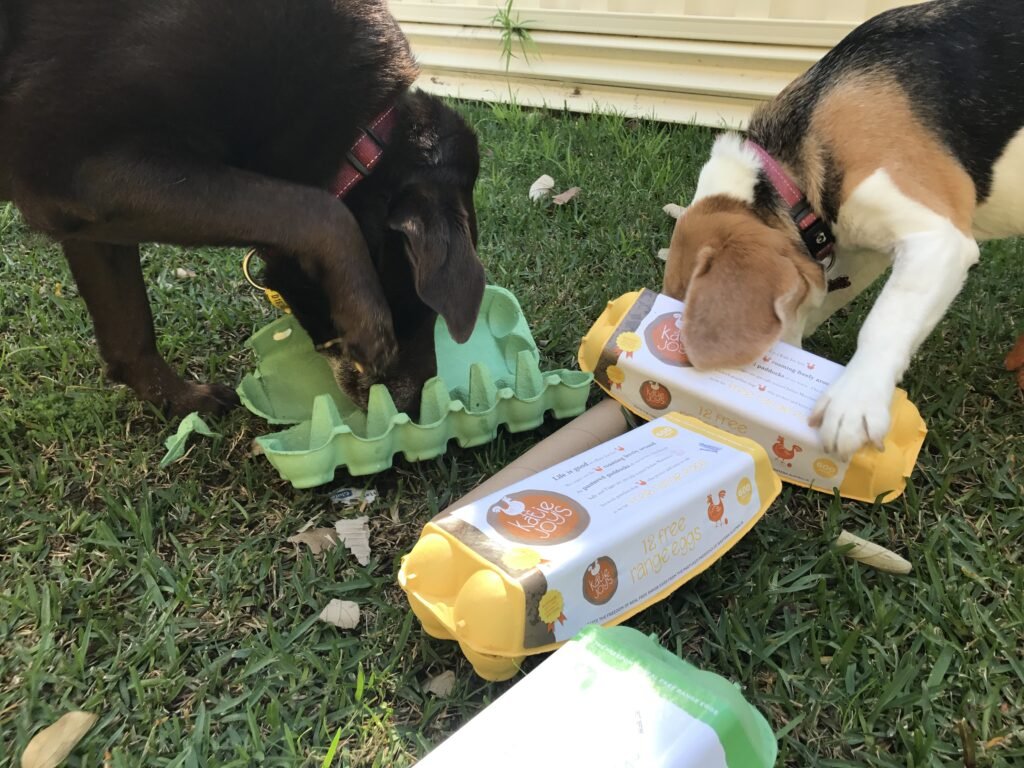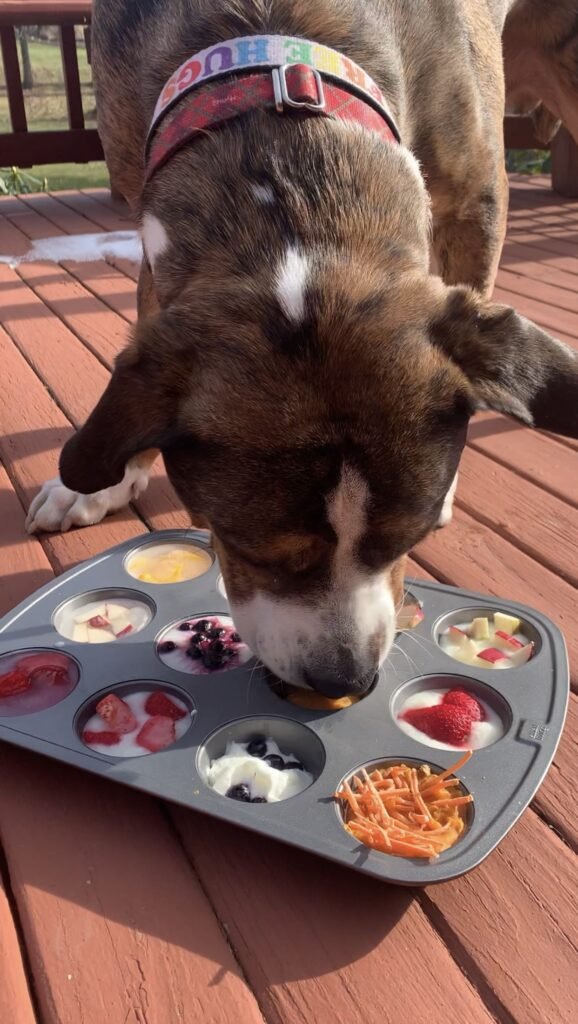Have you ever wondered if your pet gets as bored as you do on a lazy Sunday afternoon? I mean, sure, they look content lazing around, but perhaps there are times your furry friend craves more excitement. So, how do you bring a little more zest into their lives? That’s where pet enrichment comes in—a fun way for both you and your pet to break the monotony of daily routines.

This image is property of www.aspca.org.
What is Pet Enrichment?
First things first, let’s talk about what enrichment actually means for pets. Imagine being stuck in one room all day without a book or television. Sounds a bit tedious, doesn’t it? Enrichment involves activities or environments that challenge and stimulate your pet’s mental and physical abilities. It’s about making their lives as full and interesting as possible. The best part? Enrichment is nearly as enjoyable for you as it is for them.
The Importance of Pet Enrichment
Just like us, animals need mental and physical stimulation to stay happy and healthy. Lying around all day might be fine occasionally, but it’s not a sustainable lifestyle for most pets. Enrichment activities can reduce stress, prevent boredom, and even help with behavioral issues. They also provide an opportunity for you and your pet to bond—something that’s always worth investing in.
Tailor-Made Enrichment: Understanding Your Pet’s Needs
Now, what works for a Labrador Retriever might not excite a Siamese cat. Each pet is unique, and understanding their natural behavior is key to providing meaningful enrichment.
Dogs and Their Endless Energy
Dogs are often energetic and social creatures. Depending on the breed, size, age, and personality, their enrichment needs can vary.
- Physical Activities: Most dogs love a good run or a romp in the park. Fetch, tug-of-war, or agility training can be great ways to burn off energy.
- Mental Stimulation: Puzzle toys or hide-and-seek can keep their minds sharp. Remember to adjust difficulty to your dog’s level; if it’s too easy, they’ll lose interest, if it’s too hard, they might get frustrated.
Cats: Masters of Curiosity
Cats are naturally curious and independent, making them fascinating creatures to engage with.
- Interactive Play: Toys on strings, laser pointers, or a simple feather can awe even the most aloof feline.
- Environmental Enrichment: Cat trees, scratching posts, and window perches allow them to explore different heights and textures.
Small Animals: The Overlooked Enthusiasts
Smaller pets like rabbits, guinea pigs, and hamsters may not ask for much, but they still thrive on enrichment tailored to their size and nature.
- Exploration and Digging: A small sandbox can entertain them for hours.
- Tunneling Fun: Cardboard tubes or plastic tunnels create exciting spaces for them to explore.
Birds: The Aerial Artists
Birds have complex needs, not just because of their brains, but their bodies too.
- Foraging Opportunities: Hiding food in toys or shreddable paper can provide both mental engagement and satisfy their innate foraging instincts.
- Flight and Mobility: Allowing time outside the cage either through free-flying in the house or an aviary setting ensures they get adequate exercise.

This image is property of www.aspca.org.
Everyday Enrichment Ideas
Good news: you don’t need to spend a fortune on fancy equipment. Some of the best enrichment ideas might already be lying around your house.
The Wonders of Cardboard
You’ll be amazed what a simple cardboard box can do. Whether it’s a new cat condo or a shredder for your parrot, a humble box can open up numerous possibilities.
- Fort Building: Create a labyrinth of boxes for small pets to navigate.
- Hide and Seek: Use the box as a prop to hide treats or toys for larger pets.
DIY Puzzle Toys
Investing in a few reusable materials can provide endless options for puzzles.
- Treat Dispensing: Cut holes in plastic bottles, insert treats, and watch your pet try to relieve it of its goodies.
- Sock Hunt: Stuff treats into an old sock for when professional store-bought puzzle toys aren’t available.
Nature Walks and Outdoor Play
Simply changing the environment can enrich your pet’s life significantly.
- Varied Routes: For dogs, altering your walking path keeps things fresh and exciting.
- Garden Exploration: Allow cats and small animals supervised time in enclosed outdoor spaces.
Involving You in the Process
The best activities not only engage your pet but also enhance your bond. Playing together doesn’t just keep your pet physically healthy, it nurtures their emotional health too.
Quality Time and Training
- Obedience and Trick Training: Work on new commands or tricks. It keeps their brains active and strengthens your communication.
- Relaxed Movie Nights: Simply share downtime with them, petting or grooming them as you relax. It reaffirms your presence as a safe and loving force.
Group Activities
Involving other pets or even friends can introduce new dynamics.
- Doggy Playdates: Socialization is vital, and meeting other dogs in a controlled environment can provide excellent mental stimulation.
- Cat and Human Games: Get the family involved in a feather-on-a-string championship—score points for each catch by your feline friend.

This image is property of www.thedoggylady.com.au.
Safety First: Ensuring Risk-Free Enrichment
While the idea is fun, safety is paramount. Here’s how to keep it enjoyable and harmless.
Monitor Play
Always supervise your pet with new toys or activities until you’re certain it’s safe.
- Size and Material: Ensure toys are appropriately sized to prevent choking.
- Durability: Make sure items, especially homemade ones, don’t break easily into dangerous parts.
Check the Environment
Keep an eye out for hazards in the play area.
- Secure Poisonous Plants: Indoors or outdoors, keep plants safely out of reach.
- Closed Areas: Ensure doors and gates are secure when letting pets roam.
Tracking Your Pet’s Enrichment Preferences
It can take time to find the right mix of fun activities for your pet, but observing their reactions can help fine-tune your approach.
Note Their Favorites
Each pet will have preferences. Track which types of toys or activities yield the best responses.
- Behavioral Clues: They might express excitement, calmness, or satisfaction in different ways.
- Activity Duration: Pay attention to how long they stay engaged.
Adapting to Change
As your pet gets older or as seasons change, so might their preferences or needs. Stay flexible, and be willing to try new things.
- Age Matters: What thrills a puppy may not suit an older dog.
- Environmental Shifts: Adapt indoor activities for rainy days when outdoor fun isn’t feasible.

This image is property of i0.wp.com.
Wrapping Up the Joy of Pet Enrichment
In the end, our pets enrich our lives in countless ways, often reminding us of the simple joys like a warm embrace or the thrill of a chase. Providing them with enrichment is one of the best ways to return the favor. It’s about more than toys or training—it’s about connecting and creating a life full of experiences, even if life happens to be lived within your four walls. Wouldn’t we all enjoy a little more enrichment in our own lives?





